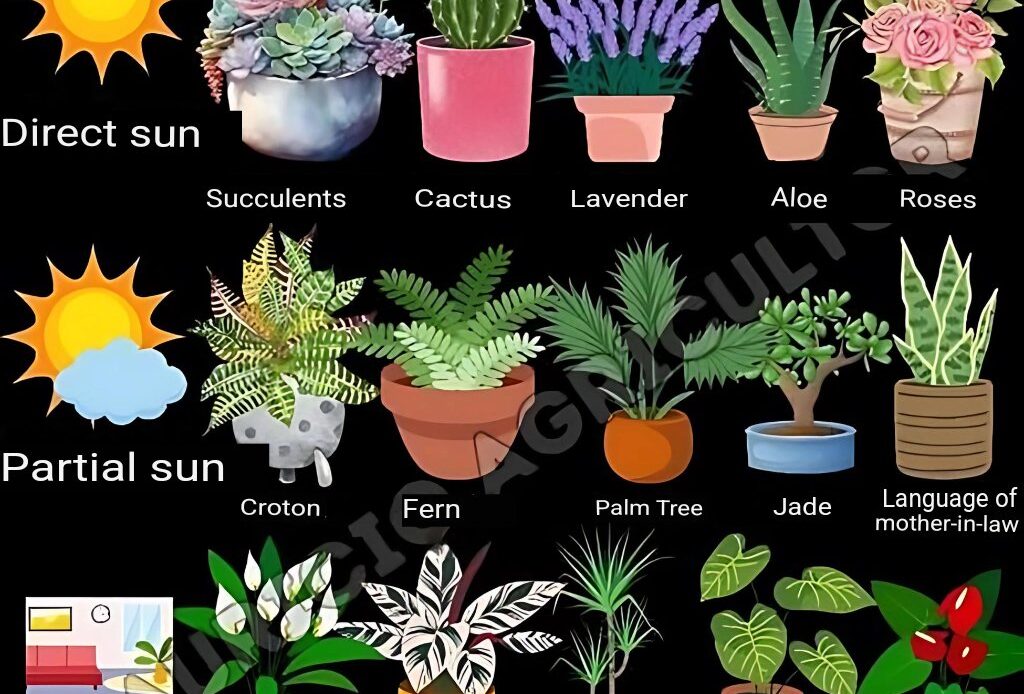Understanding the sun requirements of your plants is essential to keeping them healthy and thriving. While some plants flourish under direct sunlight, others prefer partial shade or indoor conditions. If you have noticed your plants looking dull, weak, or growing slower than expected, they may be craving more sun than they are currently receiving.
## **Why Is Sunlight Important for Plants?**
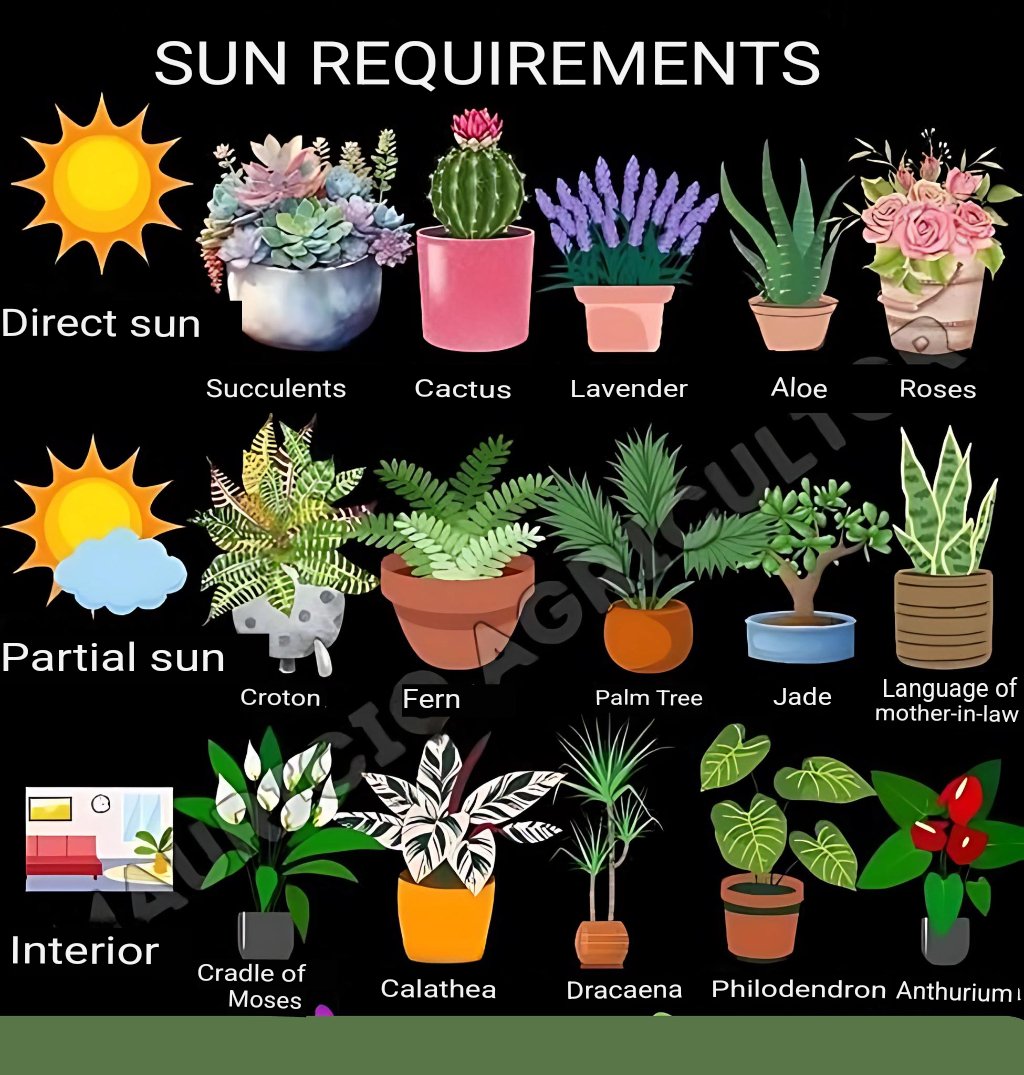
Sunlight plays a crucial role in photosynthesis, the process by which plants convert light energy into food. Without adequate sunlight, plants struggle to produce the nutrients they need to grow, leading to weak stems, pale leaves, and stunted growth.
Different plants have varying sun requirements, and understanding these needs is key to maintaining a thriving indoor or outdoor garden. Sunlight also affects flowering, fruit production, and overall plant longevity.
## **Plants That Require Direct Sunlight**
Some plants are adapted to full sun exposure and require at least six to eight hours of direct sunlight each day. These plants thrive in bright, unfiltered sunlight and can tolerate heat and drought conditions better than shade-loving species.
### **1. Succulents**
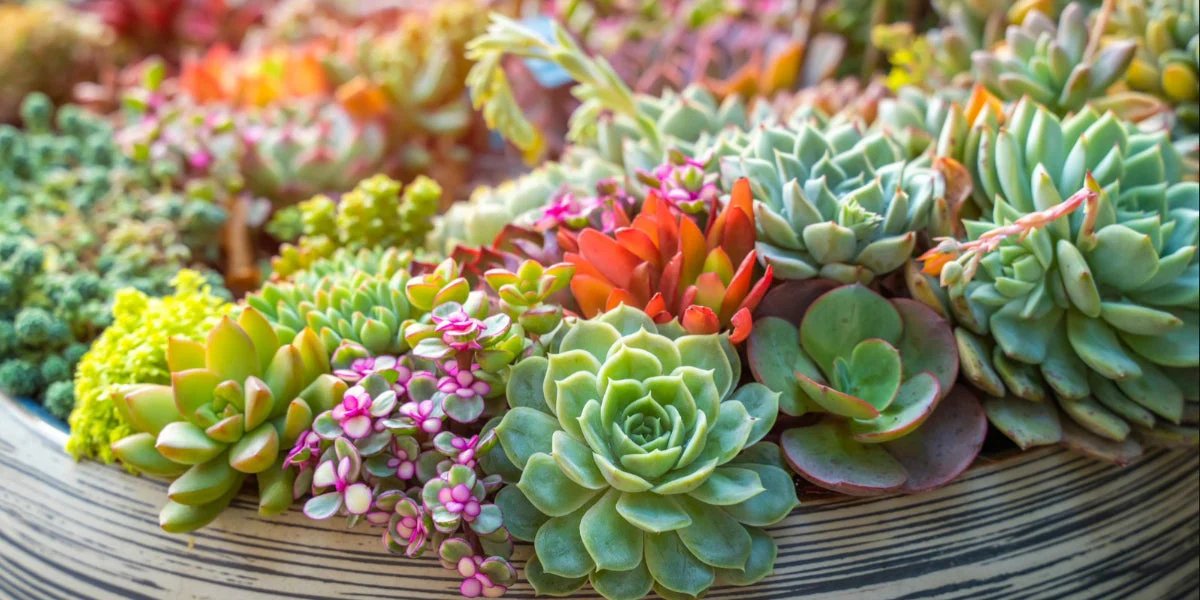
Succulents store water in their thick leaves and need full sun to maintain their vibrant colors and healthy growth. Lack of sunlight can cause them to become leggy and lose their compact shape.
### **2. Cactus**
Cacti are desert plants that require intense, direct sunlight to flourish. Without sufficient light, they may develop weak, elongated stems as they reach for more sun.
### **3. Lavender**
Lavender is a sun-loving herb that needs at least six hours of direct sunlight to produce fragrant flowers and maintain its woody structure. Inadequate sunlight can lead to reduced flowering and weak stems.
### **4. Aloe Vera**
Aloe vera thrives in full sun and needs proper light exposure to develop thick, fleshy leaves filled with soothing gel. Without sunlight, the plant can become weak and lose its medicinal properties.
### **5. Roses**
Roses require full sun to bloom profusely. They need a minimum of six hours of direct sunlight daily to produce vibrant flowers and maintain healthy foliage.
## **Plants That Thrive in Partial Sun**
Some plants prefer filtered sunlight or partial shade, meaning they need about three to six hours of direct sunlight per day. These plants are ideal for areas with dappled sunlight or where full exposure is limited.
### **1. Croton**

Crotons are colorful, tropical plants that require bright but indirect light. While they can tolerate partial sun, excessive direct sunlight can scorch their leaves.
### **2. Fern**
Ferns are well-adapted to forest floors where sunlight is filtered through trees. They thrive in partial sun conditions, needing moderate light to grow lush green fronds.
### **3. Palm Trees**
Many palm varieties prefer partial sun, thriving in well-lit areas with some shade during peak daylight hours. Too much direct sunlight can dry out their leaves.
### **4. Jade Plant**
Jade plants enjoy bright light but do best with some shade during intense midday sun. Too much direct sunlight can cause their leaves to turn red or brown.
### **5. Snake Plant (Mother-in-Law’s Tongue)**
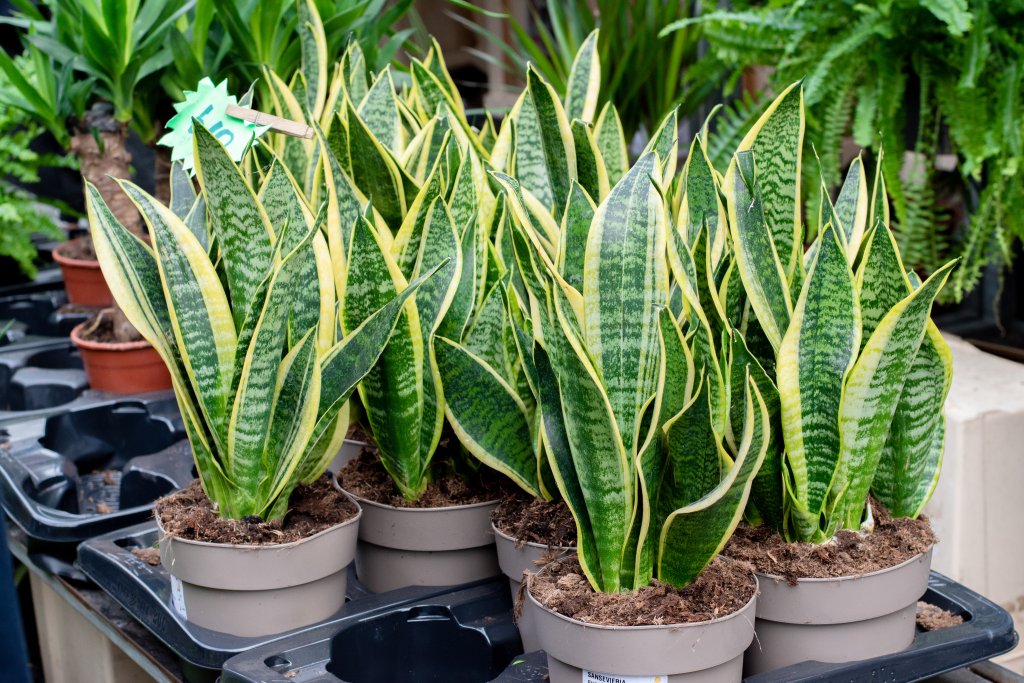
Snake plants are highly adaptable and can tolerate low light, but they grow best in partial sun conditions. Bright, indirect light enhances their leaf patterns and growth.
## **Best Indoor Plants for Low Light Conditions**
If your home or office lacks direct sunlight, consider growing plants that thrive in low-light environments. These plants can survive with minimal sunlight exposure and still maintain their beauty.
### **1. Cradle of Moses (Peace Lily)**
This plant is perfect for indoor spaces with low to moderate light. It can bloom even in dimly lit rooms and helps purify indoor air.
### **2. Calathea**
Calatheas prefer indirect light and humid conditions. Their stunning foliage makes them a popular choice for home decor.
### **3. Dracaena**
Dracaenas are low-maintenance plants that do well in indoor environments with indirect sunlight. Overexposure to direct light can cause leaf scorching.
### **4. Philodendron**
Philodendrons thrive in low light and are excellent for indoor settings. They are fast-growing and easy to care for, making them ideal for beginners.
### **5. Anthurium**
Anthuriums are known for their striking flowers and can grow well in low-light conditions. They prefer indirect light and moderate watering.
## **Signs Your Plant Needs More Sunlight**
Even if you think your plants are receiving adequate light, they may be signaling otherwise. Here are some common signs that your plants are craving more sunlight:
– **Pale or Yellow Leaves** – Lack of chlorophyll due to insufficient sunlight can cause leaves to turn pale or yellow.
– **Leggy Growth** – Plants that stretch towards the light and develop long, weak stems are trying to find more sunlight.
– **Slow Growth** – If a plant is growing slower than usual, it may not be receiving enough light to fuel its development.
– **Leaf Drop** – Some plants shed leaves when they are not getting enough light.
– **Failure to Bloom** – Flowering plants may not produce blooms if they lack sufficient sunlight.
## **How to Provide the Right Amount of Sunlight**
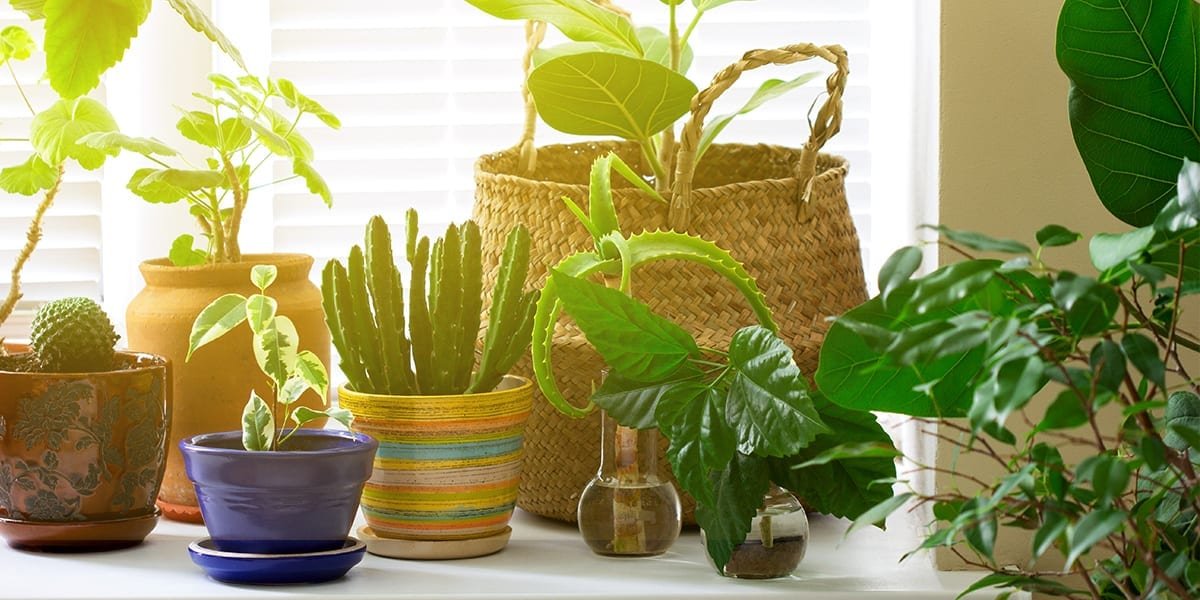
To ensure your plants receive the proper amount of sunlight, consider the following tips:
### **1. Place Sun-Loving Plants Near Windows**
For indoor plants that need bright light, position them near a south- or west-facing window where they can receive direct sunlight.
### **2. Rotate Plants Regularly**
Rotate your plants every few days to ensure all sides receive equal sunlight exposure and prevent uneven growth.
### **3. Use Grow Lights**
If natural sunlight is limited, supplement with artificial grow lights to provide the necessary light spectrum for healthy growth.
### **4. Move Outdoor Plants Accordingly**
Observe your garden’s sun patterns and move potted plants to areas where they will receive optimal light exposure.
### **5. Keep Windows Clean**
Dirty windows can block sunlight, reducing the amount of light reaching your plants. Keep windows clean to maximize light penetration.
## **Final Thoughts**
Understanding the sun requirements of your plants is crucial to maintaining a thriving garden. Whether your plants need direct sunlight, partial sun, or low light, ensuring they receive the right amount of light will keep them healthy and vibrant. If you notice signs of inadequate sunlight, make adjustments to improve their growing conditions. With proper care, your plants will flourish, adding beauty and life to your home or garden.
